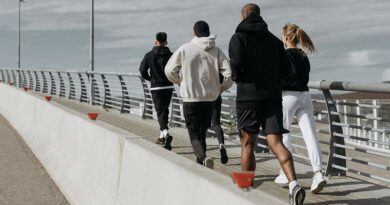Running on fat (1700km in 26 days!)
It’s a personal one this week. My husband is called Andy. Andy’s brother is called James. James’ running mate is called Mal. James and Mal live in New Zealand, but James was born in Wales and Mal is from Merseyside. Both of them are fanatical trail runners – they especially like running up and down hills and they like very long runs, as opposed to short ones.
In 2015, Mal raised $500,000 for mental health doing The High-Five-0 challenge – 50 mountain marathons over 50 peaks around NZ in 50 consecutive days. James joined Mal on a number of the marathons and the two became running partners. Soon after the High-Five-0 challenge was complete, the two men started to plan their next challenge. They decided to run clockwise around Wales, covering 1700km – including a detour up and down Snowdon. The route has apparently only ever been run twice and the record stands at 39 days (without the Snowdon bit). James and Mal planned to do the route in 26 days – cutting one third off the current record – and they did exactly what they set out to do, arriving back in Chepstow on Saturday 27th May 2017.
What interests me is why and how they did this and that was the focus of my interview with James and Mal on Monday 1st May – the night before they set off on their epic endeavour.
The rest of this article is available to site subscribers, who get access to all articles plus a weekly newsletter.
To continue reading, please login below or sign up for a subscription. Thank you.




